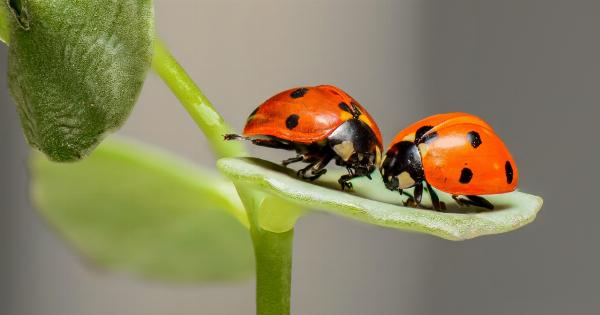Orchestinia is a genus of small moth, belonging to the family Tineidae. There are around 20 species in this genus, found in different parts of the world, including Europe, Africa, and America.
They are known for their unique, flattened appearance and often feed on dry, dead plant matter.
Appearance
The adult moth of the Orchestinia genus is relatively small, measuring around 10mm to 15mm in length with a wingspan that can range from 15mm to 20mm.
The wings are usually flat and are held tightly against the body, giving it a unique, flattened appearance. These moths are generally brown or grey in color, with some species possessing distinctive markings or stripes.
Habitat and Range
Orchestinia moths are found in different parts of the world, with most species being distributed throughout Europe, Africa, and North America.
These moths prefer to inhabit areas that have a moderate to high level of humidity and are commonly found in woodlands and other areas with significant plant growth. They also tend to live in dry, dead plant matter such as dead leaves.
Life Cycle
The life cycle of the Orchestinia moth typically consists of four stages: egg, larva, pupa, and adult. The eggs are usually laid on dry, dead plant matter such as dead leaves.
After hatching, the larva feeds on the surrounding plant material, shedding its skin several times as it grows. Once fully grown, the larva forms a cocoon around itself and pupates. The pupal stage lasts for around 2 to 3 weeks, after which the adult moth emerges from the cocoon and goes on to mate and reproduce.
Feeding Habits
As adults, Orchestinia moths do not feed and have a relatively short lifespan that typically lasts for only a few days. The larvae, on the other hand, feed on dry, dead plant matter, including dead leaves, bark, and fungi.
Some species have been known to cause damage to stored goods such as grains and textiles.
Behavior
Orchestinia moths are generally nocturnal and can be attracted to light sources. The males tend to be more active than females, often flying around in search of a mate.
When they do mate, the female will lay eggs on suitable plant material and the cycle starts anew.
Significance
While Orchestinia moths are not considered significant in terms of their ecological or economic impact, they can be a nuisance in stored goods, causing damage to grains, textiles, and other organic materials.
As with other pests, proper sanitation practices can help to minimize the risk of infestation.
Conclusion
Orchestinia moths are small, flattened moths that are found in different parts of the world. They feed on dry, dead plant material and can be attracted to light sources.
While they are not considered significant pests, they can be a nuisance in stored goods. Proper sanitation practices can help to minimize the risk of infestation.





























